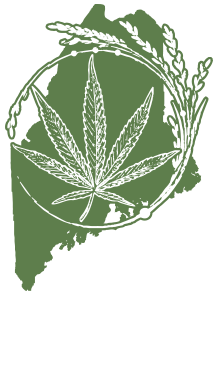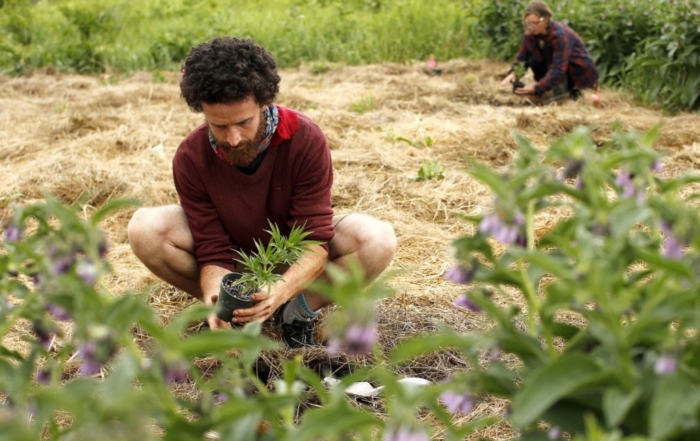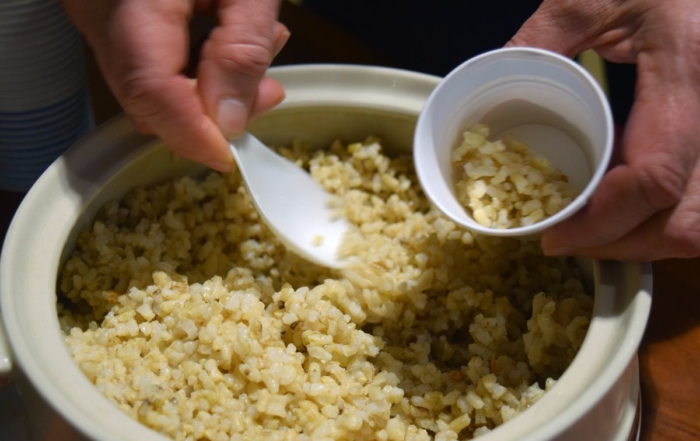UPDATE
we are not currently selling food rice via our website
We are the only commercial rice farm in Maine. We started with only a few grams of each variety and having been saving the best seed of all of them.
We have tested 40 different varieties to date, and continue to test a few new ones every year.
RICE VARIETIES
We are still in the midst of taste testing these varieties, so expect more information soon! Also, while we go into details about the details of the rices below, overall they are all amazing with just about anything. We recommend cooking all the rice in rice cooker, with a 2.2-1 volume ratio of water to rice.
Japanese Short Grain Rice Varieties
The following rices come from Northern Japan, and are the typical, short grain light brown Japanese rices. They are lowland rices, meaning they are meant to be grown in paddies, or wet conditions. These rices a delicious all on their own, they fry well, make for great rice balls, and are fantastic all-around, everyday rices that compliment just about everything. They are medium stickiness, hold their structure well, and the grains give a light and satisfying pop when bitten into.
Sweet/Sticky Rice varieties
These rices are pearly white, and also are referred to as glutinous, but only because they are sticky – there is no gluten in rice! Great for rice balls, Thai food, desserts, with yogurt and dairy, mochi, and all things sticky – the texture is awesome. I personally like eating sticky rice the next morning, when it is cold, in a cereal.
INTERESTED IN GROWING RICE?
WE ARE EXPANDING!
We are looking for new sites where we can grow rice. we want to partner with existing farms interested in incorporating rice paddies into their farm operations and/or leasing land.
we will design and build paddy systems based on individual site characteristics, working with farm owners to ensure designs integrate well into their current operations?
a good rice paddy site will have:
-
clay soil
-
uphill pond with good capacity (or place to dig one)
-
slight slope for water management
-
zone4b or warmer
for more information get in touch
Benton farm among growing industry of hemp producers
Benton farm among growing industry of hemp producers September 10th, 2018 | Joy Hollowell | (c) WABI Channel 5 BENTON, Maine (WABI) - Two years ago, we featured Wild Folk Farm in Benton and their [...]
In Maine, Industrial Hemp is the Crop to Watch
In Maine, Industrial Hemp is the Crop to Watch June 24, 2018 | Mary Pols | Staff Writer | (c) Portland Press Herald Farmer Ben Rooney spent several days last week rushing around Wild Folk Farm in Benton planting [...]
Rice Production Takes Root in Maine
Rice Production Takes Root in Maine April 7, 2016 | Jennifer Osborn | (c) Ellsworth American BLUE HILL — Rice production may bring thoughts of the Southern U.S. or the Far East reaches of the world, but homesteaders [...]




